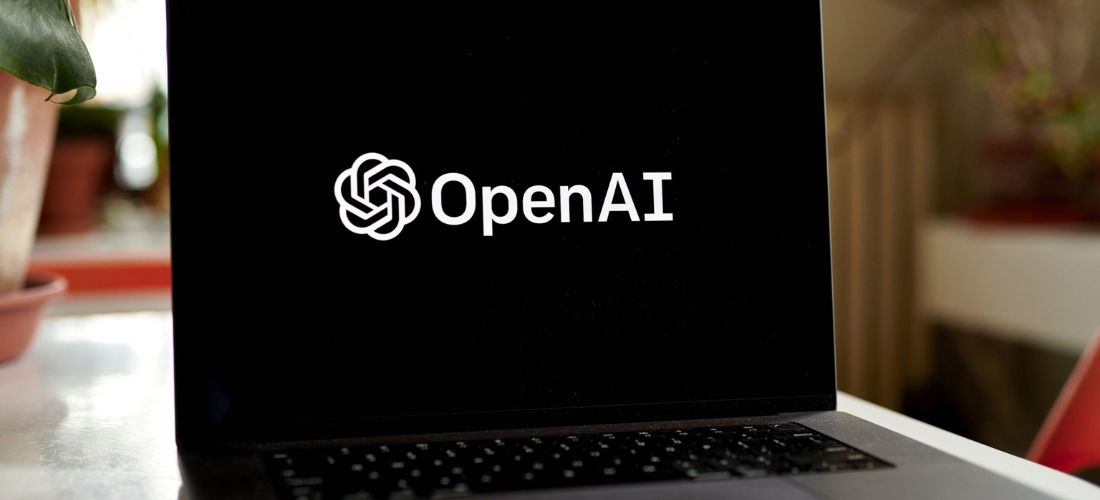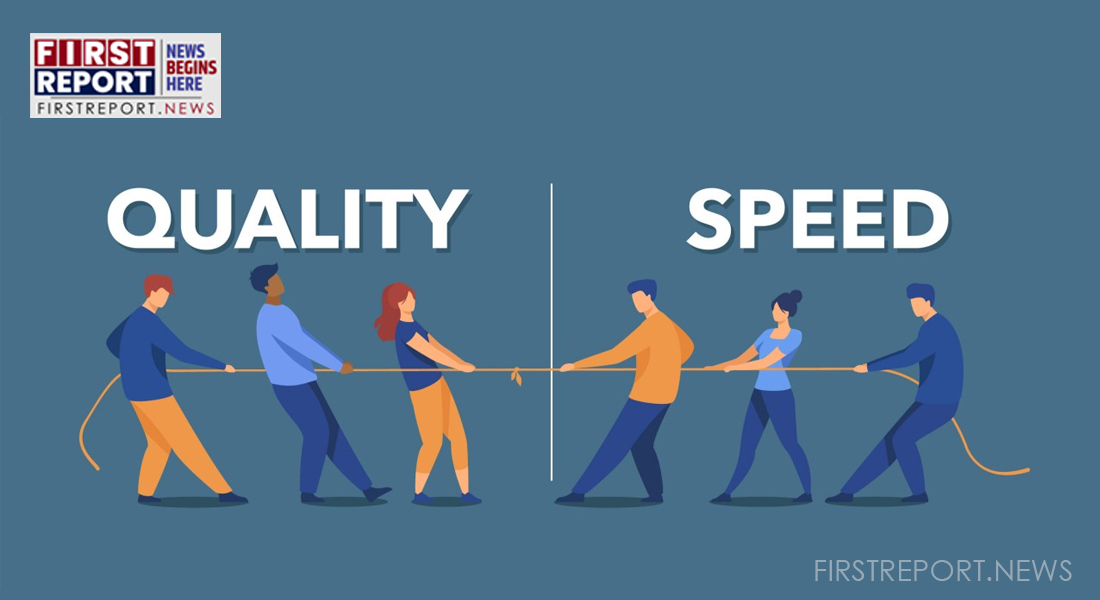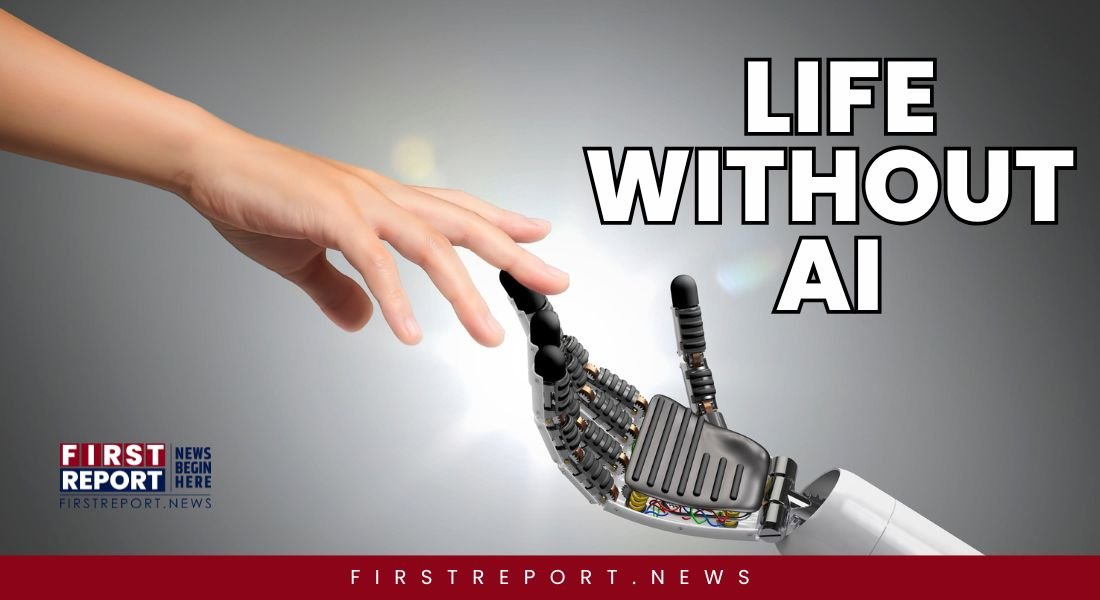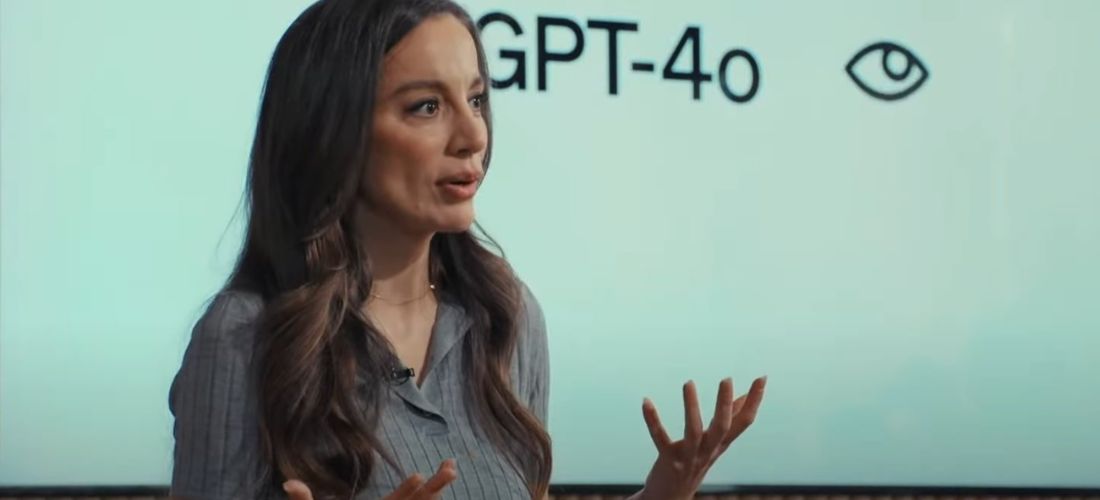OpenAI is taking a big step towards transparency in the age of artificial intelligence (AI). The company is developing new methods to identify images created by its DALL-E image generation tool and watermark other AI-generated content.
Deepfakes: Detecting AI-Generated Images
OpenAI is introducing image detection classifiers – AI tools that analyze images and determine the likelihood of them being generated by AI models. This can help combat the spread of deepfakes, realistic-looking yet fabricated images or videos, often used for malicious purposes. OpenAI has begun testing this image classifier with a limited group.
C2PA Integration for Content Provenance
OpenAI is joining the Coalition for Content Provenance and Authenticity (C2PA), a standard for verifying the origin of digital content. This allows platforms and users to identify whether DALL-E or other OpenAI tools like ChatGPT created an image. OpenAI has already begun integrating C2PA metadata into content generated by its models.
Watermarking for Audio and More
OpenAI is also developing methods to watermark other AI-generated content, such as audio. These watermarks are designed to be tamper-resistant, making it difficult to remove them without damaging the content itself.
OpenAI, along with Microsoft, has launched a $2 million fund to support AI education initiatives. This aims to equip individuals and organizations with the knowledge to understand and utilize AI responsibly.
OpenAI’s efforts mark a significant step towards building trust in the realm of AI-generated content. By providing AI detection tools for verification and transparency, OpenAI is helping to ensure the responsible development and deployment of this powerful technology.
Also read – OpenAI Makes ChatGPT More Accessible




